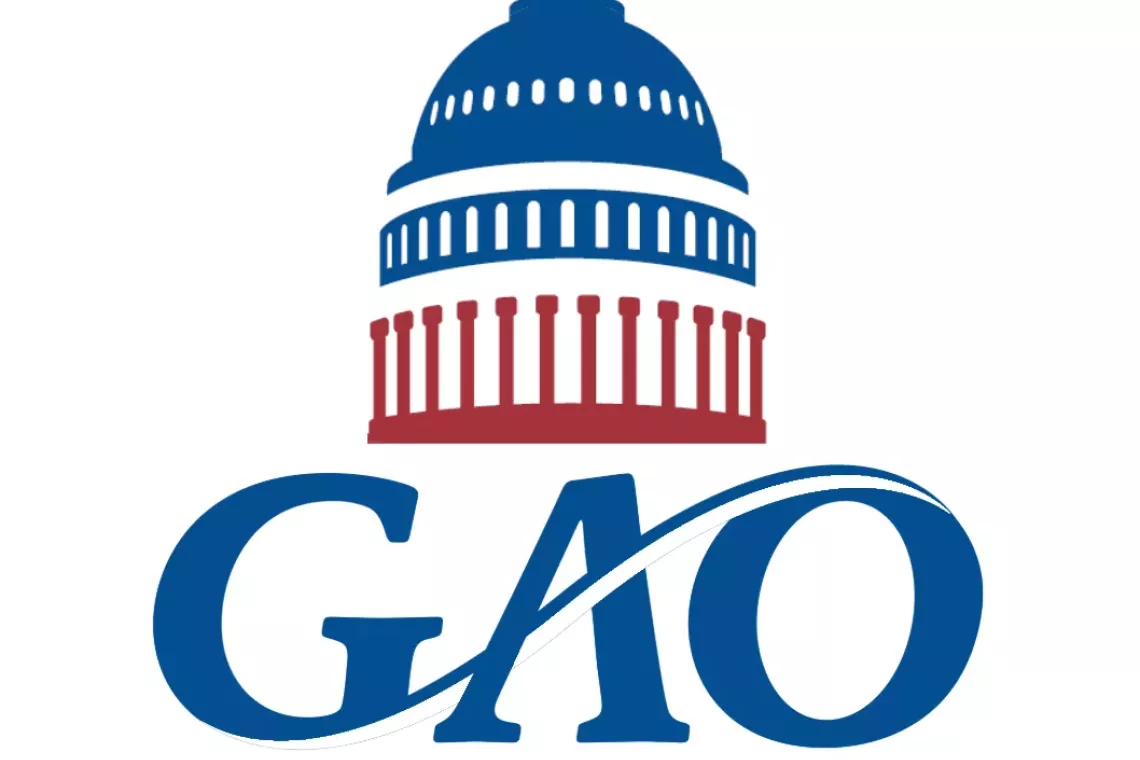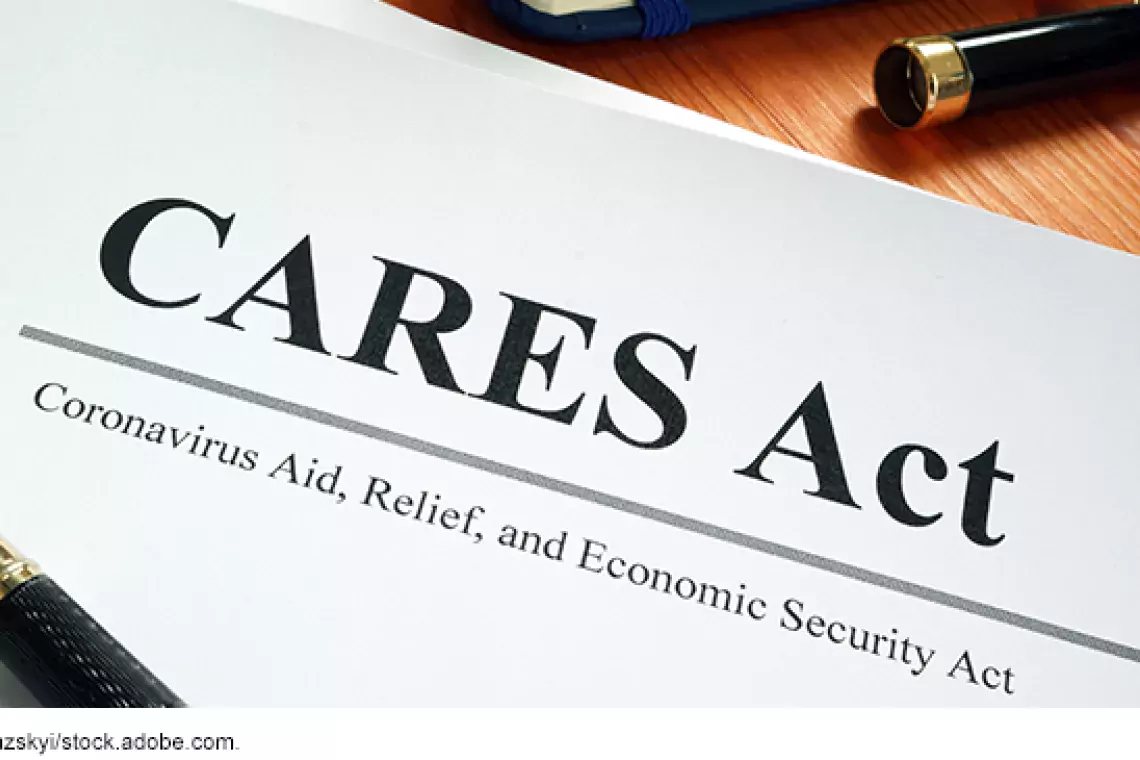Swift, Sustained Action Needed to Improve Federal Response to COVID-19
The nation is now in its second year of the coronavirus pandemic and still faces a number of challenges in addressing public health and the economic effects of the pandemic.
Today’s WatchBlog post looks at our sixth comprehensive report under the CARES Act and discusses 28 new recommendations to improve the federal government’s response to the pandemic. Full implementation of these recommendations would strengthen the federal government’s efforts to improve public health and the economy, as well as address program integrity and fraud issues.
Image

Small business loan fraud
The Department of Justice has announced numerous fraud-related cases associated with the Small Business Administration’s Paycheck Protection Program (PPP) and Economic Injury Disaster Loans (EIDL) program. While SBA has taken some steps to mitigate fraud risks to these programs, we found gaps in this effort and recommend—among other things—that SBA implement a comprehensive oversight plan, as well as assess fraud risks to these programs.
Unemployment assistance overpayments
States identified more than $3.6 billion in overpayments of Pandemic Unemployment Assistance occurring from March 2020 through February 2021, according to the Department of Labor (DOL).
While, DOL has taken some steps to collect data on states’ efforts to recover overpayments, we found that the data being used does not include information about overpayments that have been waived rather than collected by states. As a result, it’s unclear how much states will or will not recover. We are now recommending that DOL collect this data.
Collecting and sharing vaccine data
Almost half of all data collected from states on their vaccine distribution is missing information about the race and ethnicity of the person receiving the shot, according to the Department of Health and Human Services (HHS). Without this data, the nation cannot improve efforts to ensure that vaccines are being distributed equitably among white communities and communities of color. We are recommending that HHS take steps to ensure the complete reporting of race and ethnicity from state data.
In addition, HHS has recommended that seniors and those working at nursing homes be prioritized for the COVID-19 vaccine because nursing homes were hotspots for the virus. But we found that HHS has not specified whether it will require nursing homes to offer the vaccines.
We recommended that HHS improve its monitoring and the transparency of its efforts by requiring nursing homes to offer the COVID-19 vaccines to residents and staff.
Communicating pandemic data
HHS publishes its data on COVID-19 health indicators across multiple websites. We found that this resulted in inconsistent communication between the federal government and public. To remedy this, we recommend that HHS make all of its COVID-19 data available from a centralized internet location.
K-12 education
The Department of Education has begun tracking state and school district spending of certain COVID-19 relief funds, but there is a lag between when funds are obligated—that is, when a district “uses” the funds—and when they are disbursed— that is, when the state requests payment. Due to this lag in reporting, policymakers are missing timely information that could be used to address pandemic-related education needs.
According to data collected by Education, as of February 28, states and territories have spent about $6.1 billion of the approximately $75 billion appropriated through the Education Stabilization Fund for states' and territories' education needs. We are recommending that Education regularly collect and make publicly available information on school districts’ financial commitments.
Further information, and our findings in other key areas of federal COVID-19 relief efforts, can be found in the full report.
- Comments on GAO’s WatchBlog? Contact blog@gao.gov.
GAO Contacts
Related Products

GAO's mission is to provide Congress with fact-based, nonpartisan information that can help improve federal government performance and ensure accountability for the benefit of the American people. GAO launched its WatchBlog in January, 2014, as part of its continuing effort to reach its audiences—Congress and the American people—where they are currently looking for information.
The blog format allows GAO to provide a little more context about its work than it can offer on its other social media platforms. Posts will tie GAO work to current events and the news; show how GAO’s work is affecting agencies or legislation; highlight reports, testimonies, and issue areas where GAO does work; and provide information about GAO itself, among other things.
Please send any feedback on GAO's WatchBlog to blog@gao.gov.




